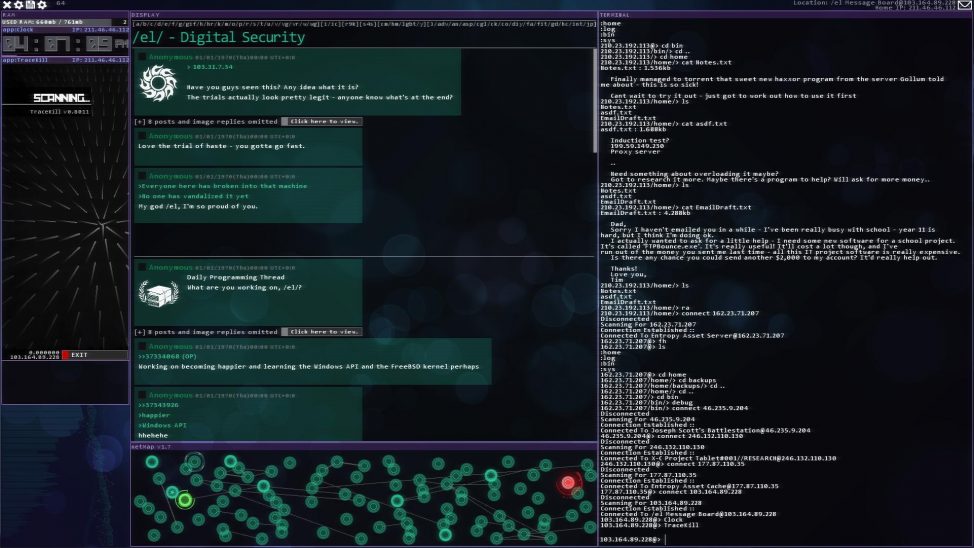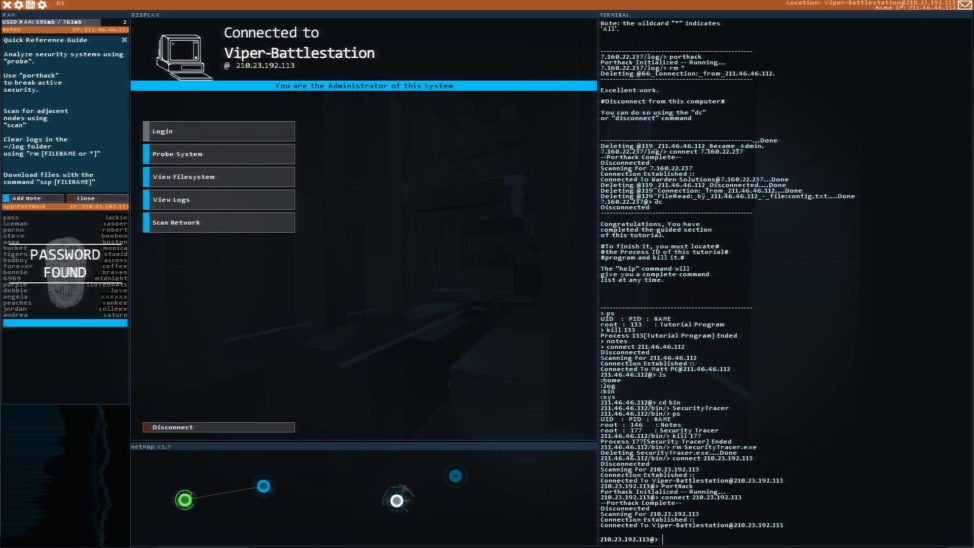
A screenshot of the Project Discovery interface EVE Online gamers use while tackling science challenges. (Project Discovery in EVE Online by CCP)
A Massively Multiplayer Online Science (MMOS) partnership that recently recruited EVE Online gamers to identify protein distribution patterns in human cells, has teamed up with the University of Geneva for new research that could be added to the game’s Project Discovery, a joint venture with CCP Games and the Human Protein Atlas.
It is possible that we will put this research project into EVE Online and into the exoplanet MOOC [Massive Online Open Course] of the Geneva University [at] the same time, thus connecting games and education. I see super-interesting synergies there!
Attila Szantner, CEO of Massively Multiplayer Online Science (MMOS), said the new research projects, ranging from exoplanets to DNA/RNA alignment, will involve the exoplanet research group at the University of Geneva, once headed by the discoverer of the first exoplanet, Michel Mayor.
The concept is the same as the one used in EVE – an existing, large and highly-motivated online community solving virtual problems. “We give them the possibility to work on something that has a real world relevance,” said Szantner in an email.
Techtonics caught up with Szantner to learn how scientific research or ‘citizen science’ ended up in the hands of gamers.
I always like to stress that citizen science is partly scientific crowdsourcing, but equally important – it is an amazing tool in scientific outreach
Q. When did science discover the ‘beneficial’ side of gamers?
Szantner: I was always fascinated by the concept of citizen science and gamification, and we shared this enthusiasm with my partner in MMOS – Bernard Revaz. About two years ago in Geneva, we had an evening sitting on the balcony and talking about these subjects. And we came up with the concept of Massively Multiplayer Online Science to connect scientific research and video games as a seamless gaming experience. We immediately knew that it is something very important and if we do it right, it will be the next big thing in citizen science.
… Online citizen science projects utilize gamification heavily, and they do an amazing job. However, often gamification is just a little spice on the top. MMOS is the first attempt where it is part of the core concept. We don’t even call it gamification. It is games, really.

A screenshot from Project Discovery shows the corporation achievement window that tells EVE Online playershow far they have progressed in their research. (Project Discovery in EVE Online by CCP)
Q. What were the players asked to do?
Szantner: The first implementation of our concept is Project Discovery, that we did together with EVE Online and the Human Protein Atlas. … The task of the gamers in Project Discovery is to analyze microscopic images from the Subcellular Human Protein Atlas, localizing proteins in the cell.
The following are very important:
- … We believe that the motivation to help science is very important
- Seamless integration means that it is completely integrated visually, lore-wise and also with the reward system. So in EVE, players are helping an in-game NPC corporation – Sisters of EVE – and get ISK and Analysis Kredits [both are in-game currencies] for their efforts.
Q. Have you completed the project?
Szantner: I wouldn’t say that the Human Protein Atlas project is completed already, but players have analyzed the first quarter million images in about a month, which is an amazing result in citizen science. At Fanfest – the annual player convention of EVE Online – we made a presentation about Project Discovery. We had 8 million classifications in less than two months’ time. That is mind-blowing.
Q. How solid are the results?
Szantner: The results seem to be very promising. There are areas where players’ contributions are super-helpful, like finding special protein patterns called ‘Rings and rods,’ or refining categories. There are of course some protein locations which are really hard to identify. Here we try to improve the training tasks, and the research team is continuously communicating with the players and giving them help and feedback.
Q. Are the gamers volunteers?
Szantner:… This is an opt-in feature in EVE Online. You can have a perfect gaming experience without ever opening the Project Discovery interface. So yes, in that sense, the players are volunteers.
Q. Do you create your own games for research?
Szantner: We are not planning to do that – of course never say never. The reason is simple: when we came up with the concept of Massively Multiplayer Online Science, one of the arguments was that a small team doesn’t have the resources, the expertise, the know-how to create such an engaging game as EVE Online, for example. So our approach is to find already existing online communities and convert a small fraction of their activities to something that is useful in real life with the help of the pros of the game industry.
… In March we officially announced our cooperation with the industry giant Gearbox Software to integrate MMOS with their titles – probably the popular Borderlands series. … Randy Pitchford, Founder and President of Gearbox, is a huge fan and supporter of the concept, and we plan to have a project kickoff in the following months.
Q. Where do you go from here?
Szantner: … The kind of outreach we managed to make with Project Discovery is unprecedented. Not only that players are super-active and have a hands-on experience of analyzing these beautiful microscopic images, but the content they created [was] amazing. There [was] even a poem contest. … Memes arose, like Cytoplasm it! This is the kind of engagement in scientific outreach scientists dream of.
… This is the first time that a serious game is integrated in a major AAA video game. This is the first time that an acting scientist gets a character in [a] game. And also at Fanfest we made the first ever citizen science PvP tournament, Science Off! And last, but not least, this is the first time that high-profile journals – like Nature Methods – publish screenshots from a video game.












